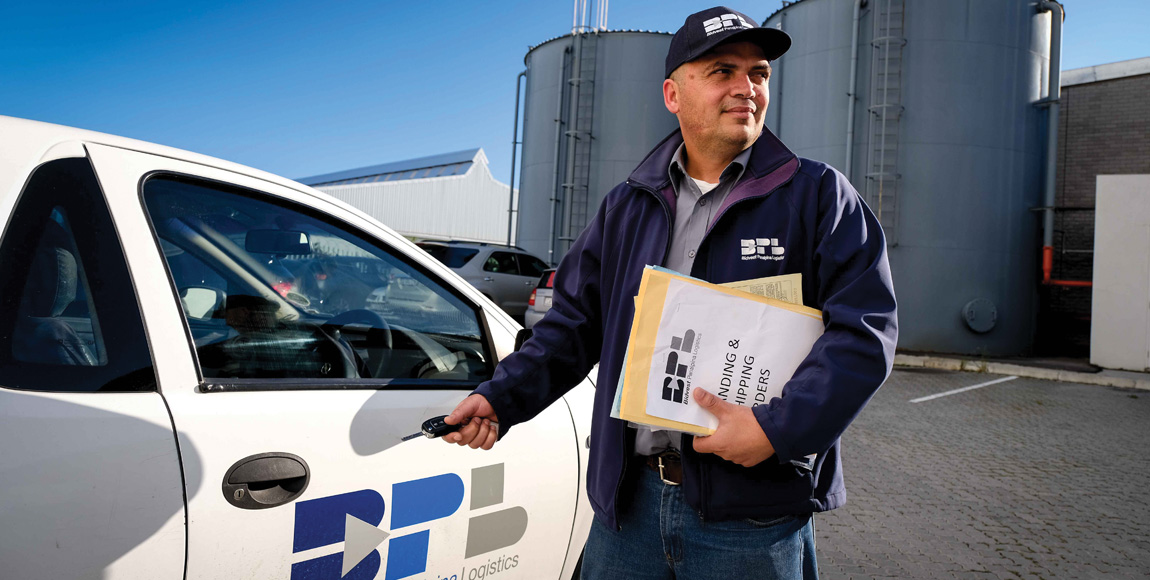What does the customer really want?

What is customer centricity? “It is so much more than just great customer service,” says Bruce Thoresson, international logistics director for Bidvest Panalpina Logistics (BPL). “It’s about creating an experience from the moment we first engage with a client until after our services have been rendered. We put the customer at the heart of our decision-making and service delivery throughout that process, providing a service uniquely customised to their needs.”
Customer-centric businesses typically start with assessing a customer’s needs, rather than selling a service or product that may or may not have relevance. Services and products are then designed or adapted to meet those preferential needs.
Ideally, customer centricity allows a business to anticipate, at some point in the process, services or products that a client wouldn’t have already thought of, and then delight them with these.
According to a 2018 survey by KPMG Canada, leading customer-centric businesses could see their projected profit growth rates increase from 5,3 percent this year to 7,4 percent in 2020. In 2014, Deloite Ireland found that companies that are strongly customer centric are 60 percent more profitable than companies that aren’t.

“It’s important to measure customer centricity, so we do this on an annual basis,” says Steve Smith, warehousing director at BPL.
Thoresson believes that while client engagement should be comprehensive, the administrative side needs to be simple and as automated as possible, to allow client engagement to remain problem-free throughout the transaction.
For a business such as BPL, which has a global reach through its partnership with Swiss-owned Panalpina Group, this requires additional special attention, as it’s “impossible to shoehorn every customer into a fixed service offering without understanding their needs”, says Thoresson.
“We continually urge our staff to remain aware of their actions that will impact customer service, with value-added services tracked,” he says. Customer feedback is, of course, vital, and BPL uses independent service providers to assess performance.

“Customers nowadays require enhanced flexibility and increased visibility into their supply chains, so we’re introducing business-intelligence tools and integrating with customers’ systems,” comments Smith.
Customer centricity as a business philosophy only works when it’s understood and embraced by employees at every level of a business.
“If a business is genuinely customer centric, then adherence to this philosophy needs to run throughout the organisation, from the exco to the lower operations or business units,” says Thoresson. “A business isn’t truly customer centric if some business units are making decisions with and for their customers, but others are doing this based on other criteria.”
“In essence, a customer-centric business tailors its entire organisation, from services and products delivered, to the processes followed, and even to policies and culture within the organisation, to giving the customer a sense that their needs are being met every single step of the way,” he concludes.
Published by
Focus on Transport
focusmagsa




